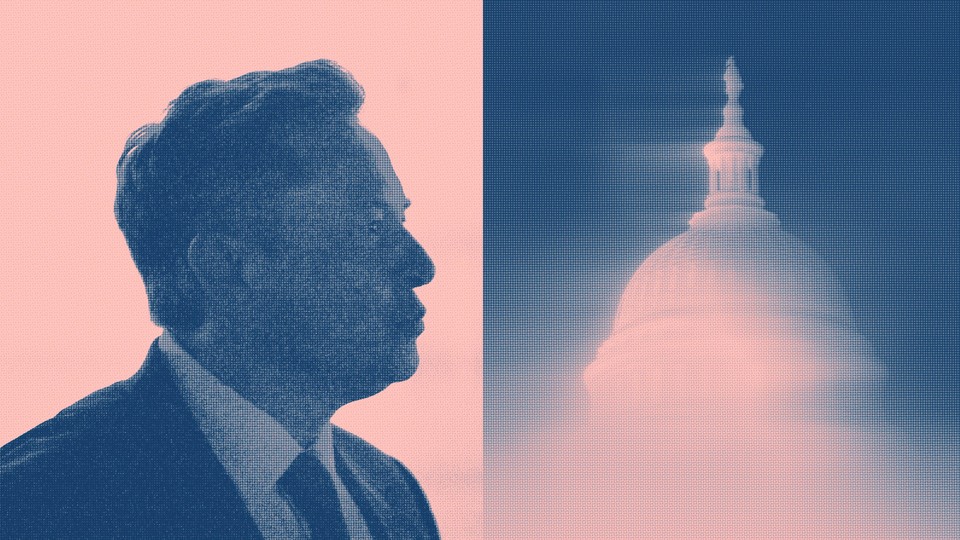Elon Musk and the DOGE Era: Reforming Government or Making Noise?

Elon Musk has become synonymous with bold technological disruption. In recent years, however, his presence in government has attracted even more attention. As he took the helm of the Department of Government Efficiency (DOGE), Musk promised sweeping reforms. But how much has changed, and what controversies surround his leadership?
Elon Musk's Appointment to DOGE: Ambitious Beginnings
When Donald Trump picked Elon Musk to lead DOGE, skeptics dismissed the move as performative. Yet, the effort soon unleashed a flurry of spending cut proposals, workforce reductions, and regulatory changes. Musk initially pledged to slash $2 trillion from federal budgets. That number was later adjusted, showing the challenge of trimming the federal government without triggering backlash.
Early reports, such as this analysis by The Atlantic, explained that actual, verified savings were far less dramatic—roughly $2 billion rather than the $55 or $165 billion claimed by DOGE. Much of the reduction came from consolidating contracts and downsizing less critical agencies. Critics highlight how these strategies have created disruption for many contractors and beneficiaries, often for savings that are small in the context of the entire federal budget.
Controversy and Critiques: Effectiveness and Overreach
The debate over Elon Musk’s leadership at DOGE has extended beyond economics. Some charge that DOGE represents executive overreach. Others argue it is too mild to roll back a century of federal growth. As noted in a critical Forbes commentary, DOGE may be less aggressive than similar power expansions seen under previous administrations. While some unions and NGOs have opposed Musk's downsizing initiatives, others see them as a needed check on unchecked government expansion.
Legal challenges continue to emerge. Court actions have blocked some federal workforce reductions and agency reorganizations. Despite these setbacks, Musk’s DOGE continues to focus on contract reviews and consolidations—areas where executive authority is clearest.
What Does the Data Say?
The true effect of Musk’s reforms is complex. Treasury data shows that overall federal spending grew year-over-year, even during the period of DOGE's most active intervention. Most federal outlays still go to Social Security, defense, and entitlements, areas outside DOGE’s immediate reach. Cuts to public health and foreign assistance have attracted attention, but, as outlined by The Atlantic, the actual savings are relatively minor.
Some agencies, like USAID, have seen dramatic program changes, including mergers into other departments. Buyouts and attrition programs have reportedly reduced the federal workforce, but these actions face both political and legal scrutiny. The effectiveness of these cuts must also be weighed against the potential need to rehire or rely on more expensive contractors.
Looking Forward: The Musk Legacy in Washington
Elon Musk’s foray into public administration illustrates the challenge of running government operations through a lens of business efficiency. Real change in Washington takes more than the will of one man—no matter how influential. The project has ignited conversations about executive power, the true cost of government, and the limits of administrative streamlining.
As Musk’s DOGE is scheduled to end by summer 2026, its long-term impact remains uncertain. Will these reforms shrink government spending? Or will the costs and benefits be felt most as political signals, not budget realities? What is clear is that Elon Musk continues to shape the conversation—and controversy—surrounding American governance. For more perspectives, see the New York Times' analysis of Musk’s Washington ambitions.
Conclusion
Elon Musk’s leadership of DOGE represents a unique experiment in government efficiency. The mixed results and ongoing debates show the complexity of reforming public systems. Whether his approach leads to lasting change or remains a headline moment, Musk is sure to remain at the center of America’s conversation about innovation and governance.